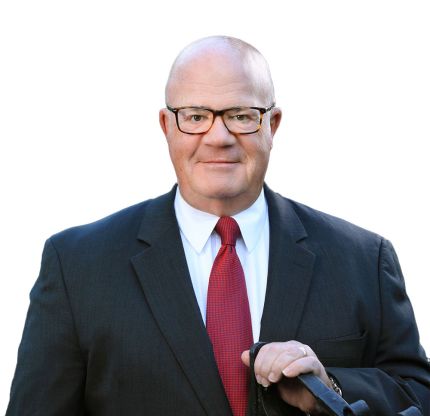

Two Questions Professional Experts Ask Themselves Before Meeting With Clients
These two questions will help you set the stage and provide the service your families are looking for.
Today, there are two schools of thought on how to attract more families:
- Low cost
- Hyper service
To be financially successful as a low-cost provider requires a level of discipline and cost control rarely seen among funeral directors. So, these practitioners tend to work themselves into the ground just trying to keep things together.
The Hyper Service approach also requires discipline and fits the funeral director persona better but is often exhausting and because of the funeral director’s own price sensitivity doesn’t produce the rewards they are looking for.
It turns out that people who sell services for a living recognize the elemental issues in client transactions are simpler than we might think.
The client is seeking a solution for a problem they have little competence in from someone they believe has the competence they need.
This wasn’t always the case in funeral service. 40 years ago, society dictated much of what we did when someone died. Families engaging in the process had only two fundamental decisions to make:
- Which funeral home to use
- What merchandise to buy
Our selection rooms did most of the heavy lifting when it came to controlling revenue. We simply orchestrated the family’s preferences as to where and when.
Meeting with today’s families takes significantly more skill than ever before. Not so much in efforts to convince them of the value of traditional funerals, but in helping them make choices that will actually contribute to creating meaningful experiences and, consequently, valued services.
Since I entered the workforce during the last century I have had a habit of asking myself two questions when I took on new responsibilities. Today I ask these questions each time I take on a new client or am in a new situation:
- Who am I?
- How can I contribute?
I fully understand that these are both ambiguous and abstract. But, applied situationally, they make a lot of sense.
Early in my career, I answered them this way:
- Who am I? I am a trained and willing worker who wants to succeed here.
- How can I contribute? I can listen carefully to instructions. I can figure out what is expected and how I will be judged. I can look for ways to accomplish my assignment quickly and accurately. I can look for ways to make my boss’s job easier.
Later on, the answers changed:
- Who am I? I am a seasoned and experienced executive with special gifts for resourcefulness and analysis and problem solving.
- How can I contribute? I can use my experience and gifts to identify root issues and develop strategies to overcome challenges to restore viability and sustainability to enterprises
So, how would I apply these two questions if I were a funeral director meeting with families? This might not be what you say (it is vitally important that you are totally authentic in answering these questions if you want them to work). So, you need to find your own voice. I offer this only to help stimulate your own thinking.
- Who am I? I am an experienced and knowledgeable funeral professional who is able to guide families in making choices that will help them avoid regrets and honor lives in ways that are meaningful to them. I believe that meaningful services contribute to the fabric of our society.
- How can I contribute? I can listen carefully and reflect on my experience to offer meaningful options. I have the confidence, courage and expertise to provide direction and input that will empower families to avoid mistakes and carry on in healthy ways. I help people begin the journey to their new normal.
So, play with it. It’s fun and being deliberate in these two questions will lead to better service, greater appreciation from those you serve and more job satisfaction.
Our Blogging Expert

Business Consultant / Owner
Popular Articles
